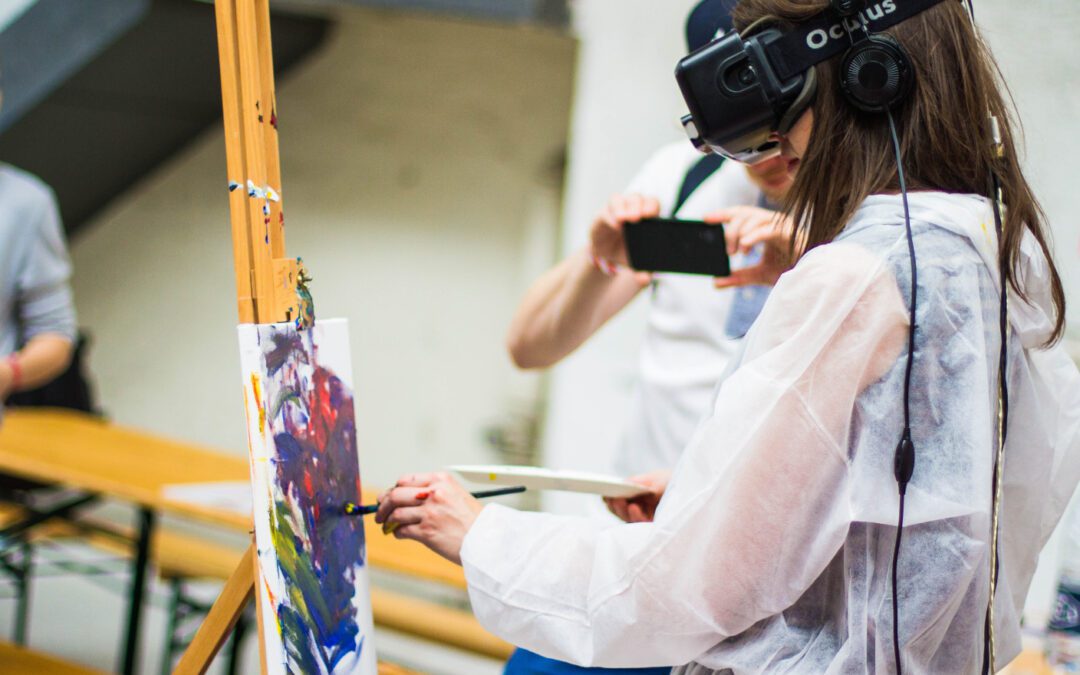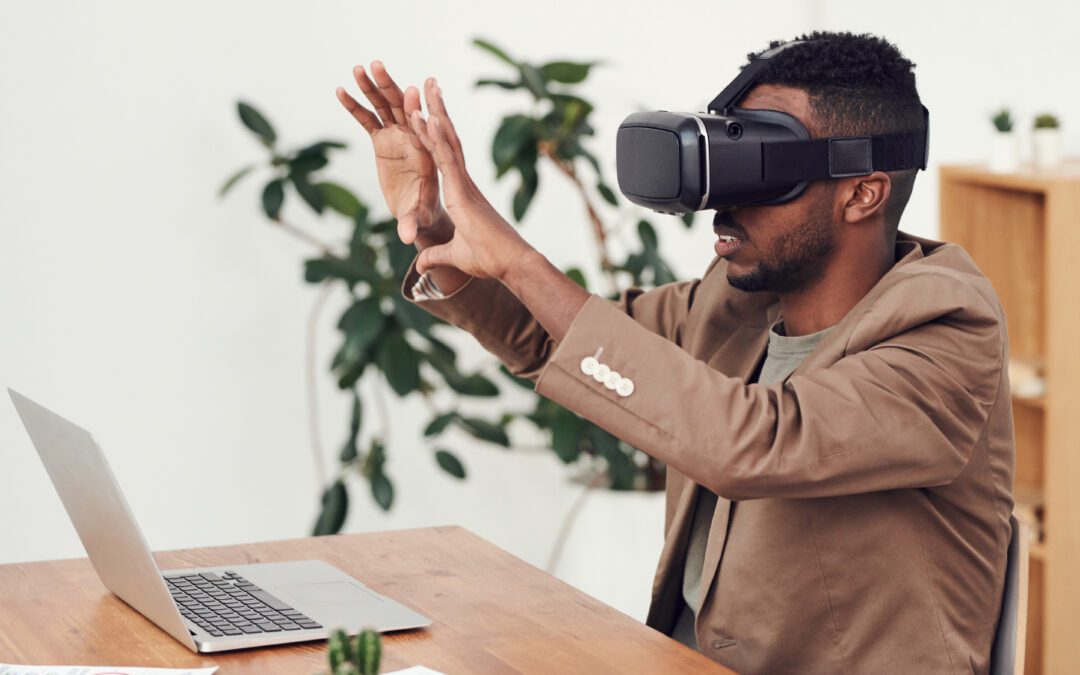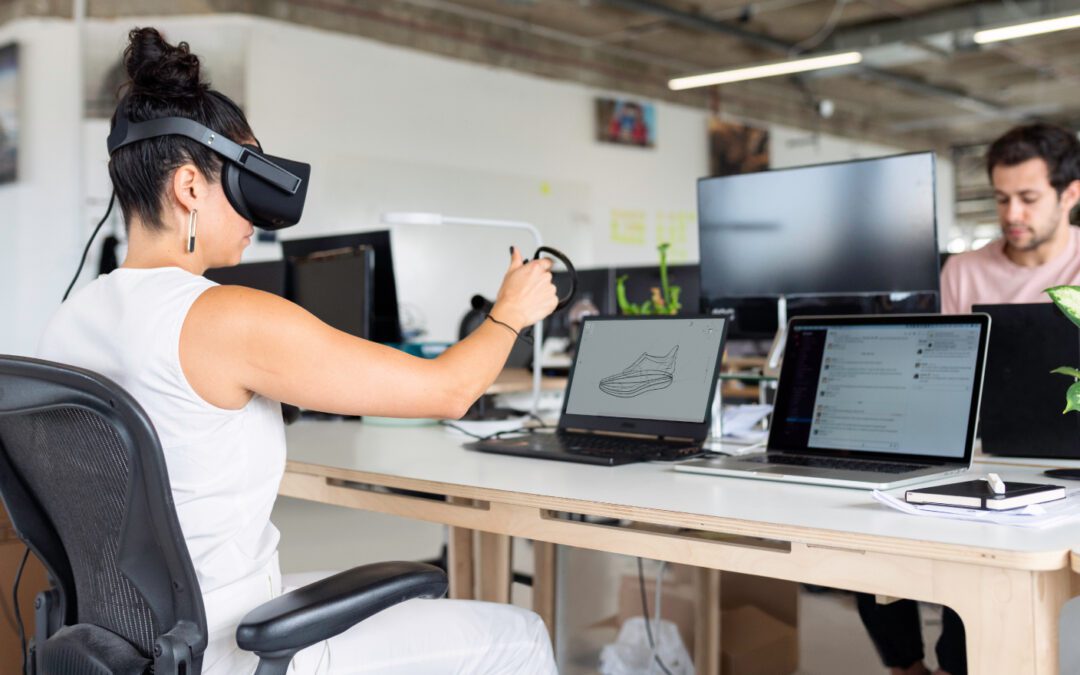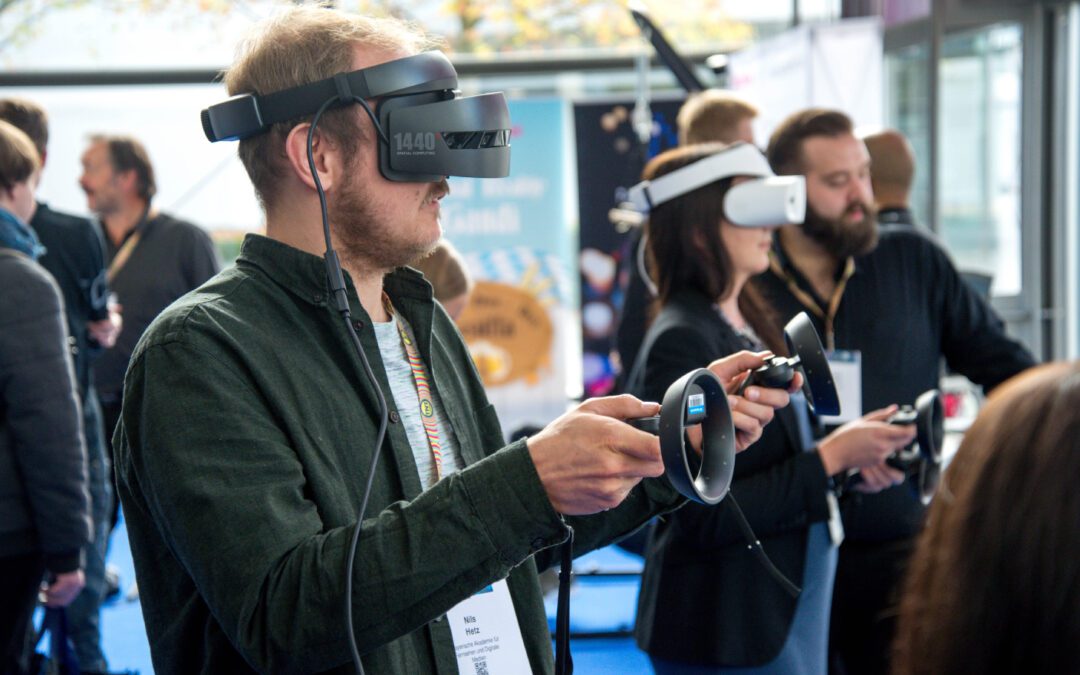Learn From An Experienced Team That Analyze Customer Insights To Help Make Result Driven Brands.

Artificial intelligence (AI) and augmented reality (AR) are two rapidly advancing technologies that are shaping the future of our digital world. While they may seem to be separate fields, the intersection of AI and AR is proving to be a powerful combination that could revolutionize the way we interact with technology.
Augmented reality is a technology that overlays digital information onto the physical world, creating an immersive experience for the user. AI, on the other hand, involves the use of computer systems to perform tasks that typically require human intelligence, such as learning, problem-solving, and decision-making.
The combination of these two technologies opens up a range of possibilities, from enhancing the capabilities of AR applications to creating entirely new experiences that were previously impossible. Here are some of the ways in which AI and AR are intersecting and shaping the future of immersive technologies.
One of the most significant advantages of combining AI and AR is the ability to personalize and adapt experiences to individual users. AI can analyze user data and behavior to understand their preferences and adapt the AR experience accordingly. For example, an AR application that uses AI could learn the user’s preferences for restaurants and recommend nearby eateries that match their tastes.
AR applications rely on object recognition to overlay digital information onto the physical world. AI can improve object recognition capabilities by using deep learning algorithms to analyze images and identify objects more accurately. This can enhance the accuracy and realism of AR experiences, making them more immersive and engaging.
Another exciting application of AI and AR is real-time translation. AR glasses equipped with AI technology could translate foreign languages in real-time, making it easier for travelers to communicate with locals. This technology could also have applications in business, where it could facilitate communication between employees who speak different languages.
AI and AR can also be used to enhance training and learning experiences. For example, an AR application that uses AI could analyze a user’s performance and provide personalized feedback to help them improve their skills. This technology could be particularly useful in fields such as medicine, where AR can be used to simulate surgeries and AI can provide real-time feedback to trainees.
AI and AR can also be used to create virtual try-on experiences for consumers. For example, an AR application could use AI to analyze a user’s face and recommend the best makeup or hairstyle. This technology could also be used in the fashion industry, where customers could use AR to try on clothes virtually and see how they look before making a purchase.
In conclusion, the intersection of AI and AR has the potential to revolutionize the way we interact with technology. From personalization and adaptation to real-time translation and virtual try-ons, the possibilities are endless. As these technologies continue to evolve and improve, we can expect to see more innovative applications that enhance our daily lives and transform the way we work, learn, and play.




